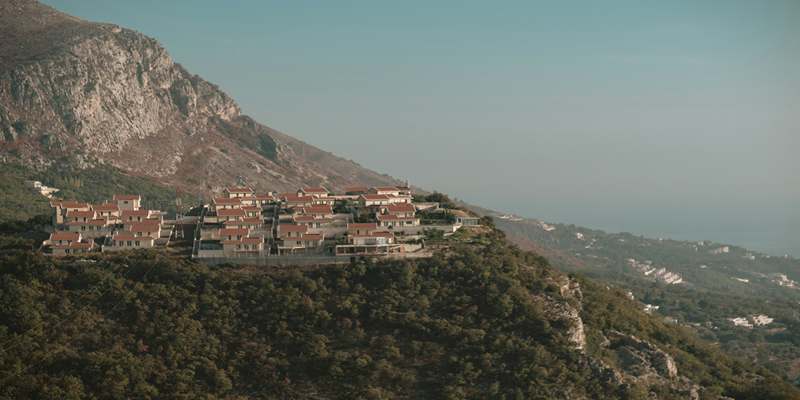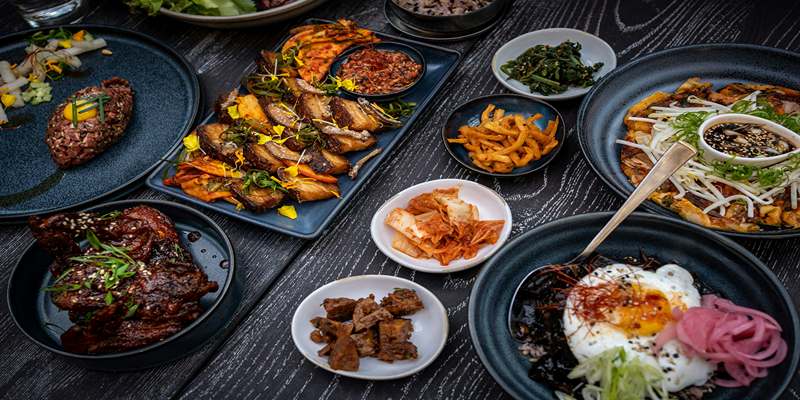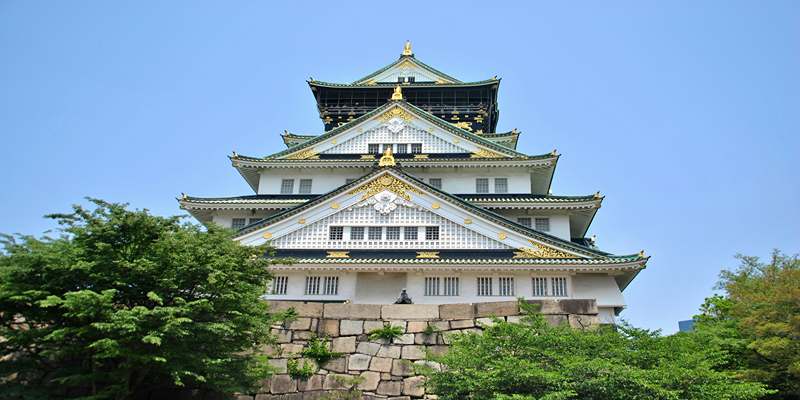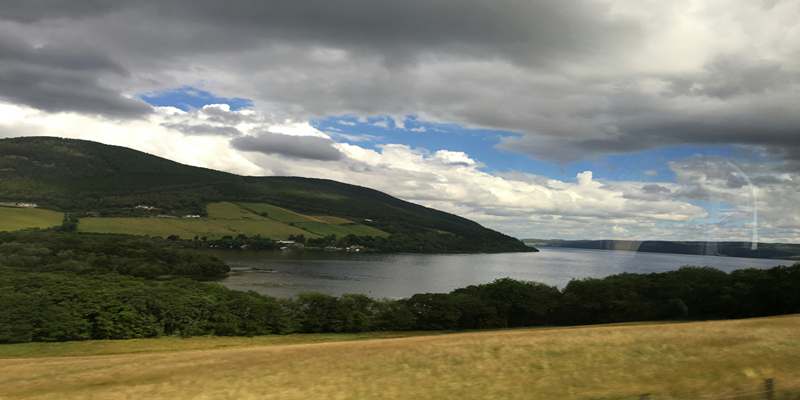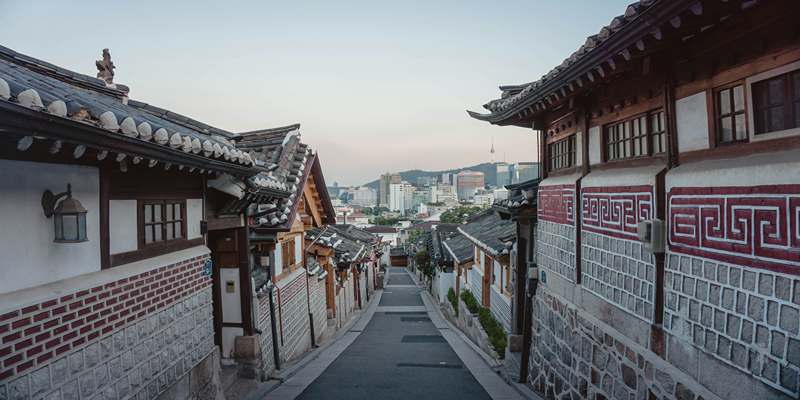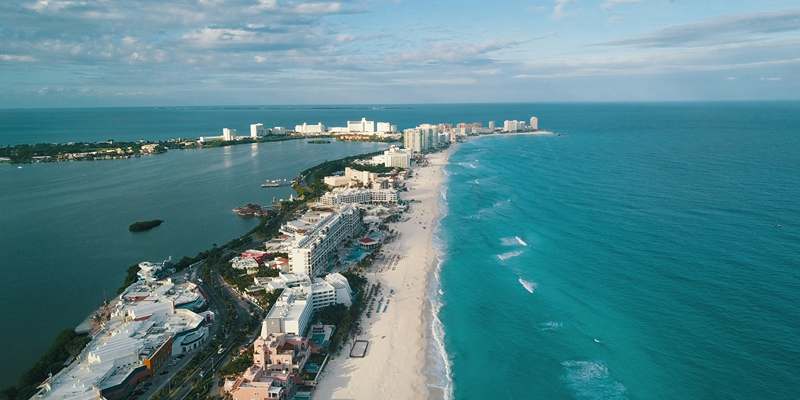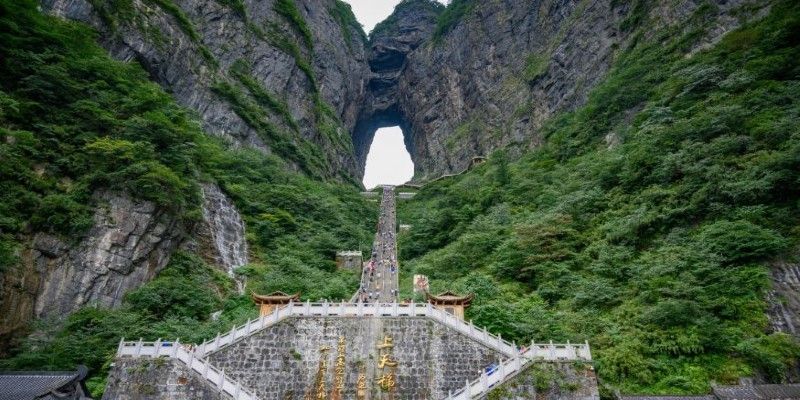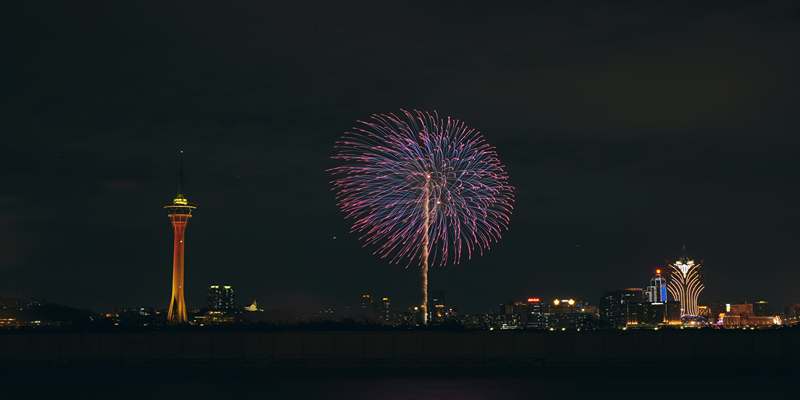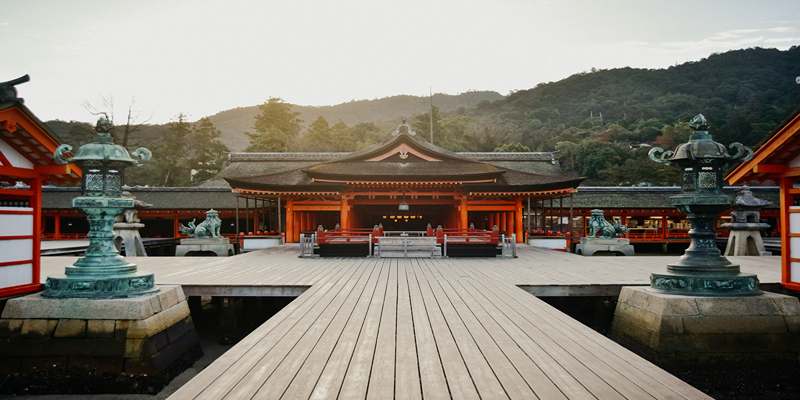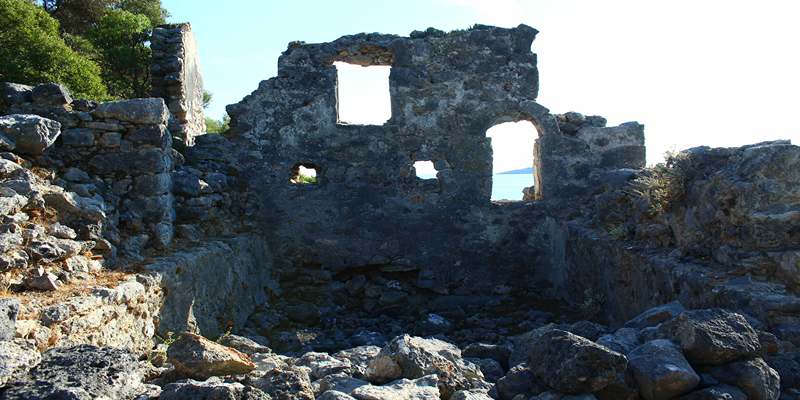Many people explore the Ruins of St. Paul’s, which have made Macau famous at home and abroad. A once-important 17th-century church façade now represents the blend of cultures in Macau’s past. This is known for demonstrating the strong influence of both Eastern and Western cultures. Going to the Ruins of St. Paul’s means you can enjoy culture and also learn about the city’s past.
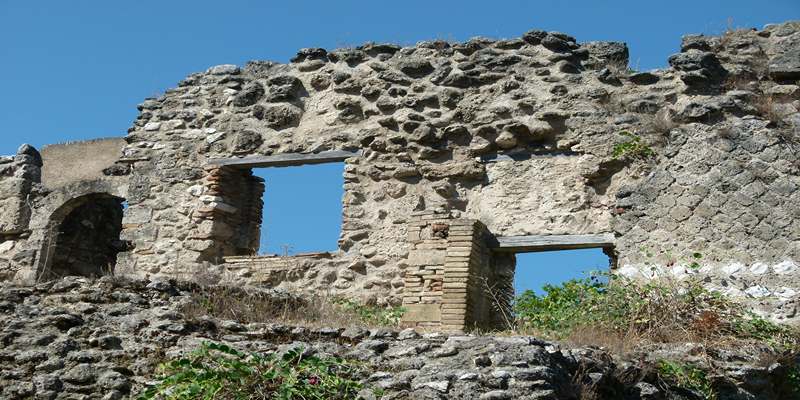
Historical Significance
Origins and Construction
Between 1602 and 1640, the church was used for missionary work and teaching people in East Asia. This impressive church, made entirely of stone, was one of the biggest Catholic churches in the region during the Jesuit era. By mixing European style with local skills, the building’s construction demonstrated how cultures have met in Macau.
Destruction and Legacy
In 1835, a major fire broke out in Macau and caused the main part of the Church of Mater Dei to collapse, keeping only its stone exterior intact. In spite of everything, the fact that the façade remained explains how much it ever meant to them. Today, this place is recognized as Macau’s most famous monument that the world can recognize. The site was highlighted in the UNESCO-listed Historic Centre of Macau in 2005 for its importance as part of world heritage. The remains of these buildings remind people today of Macau’s history as a major trading center and the impact of merging religions and cultures.
Architectural Features of the Ruins
Design and Construction
Granite and masonry are the main materials, and craftsmen from different cultures helped build it, especially the Japanese Christians. The rich stonework reveals how the Jesuits valued art and religious ideas. The façade was designed to have three levels, each carrying images of Bible stories and Christian elements, mixing Christian and Asian designs in a way that is unique to Macau.
Symbolism and Iconography
Much of what decorates the façade represents Christian themes as well as local culture. At the top, a dove represents the Holy Spirit, while the bas-reliefs portray events from the Bible. In particular, the Chinese guardian lions and chrysanthemums are found, representing the fusion of cultures in Macau. Combining the themes of Catholicism with local symbols, the Jesuits wanted to connect with the people, and the result is an impressive display of Macau’s religious and cultural background.
Visiting the Ruins
Location and Accessibility
The Ruins of St. Paul are centrally located in Macau and are easy to access for both locals and tourists. Positioned near the city’s well-known historic district, visitors can reach the site by public bus, taxi, or on foot, depending on where they’re staying. The walk to the ruins includes climbing 68 steps, leading up a gently sloping hill to the iconic façade. This slight effort rewards visitors with scenic views and a sense of accomplishment. The area surrounding the ruins is rich in historical landmarks, such as Monte Fort and the Museum of Sacred Art, both of which are within walking distance. The convenient location and abundance of nearby attractions make this a must-visit spot in Macau.
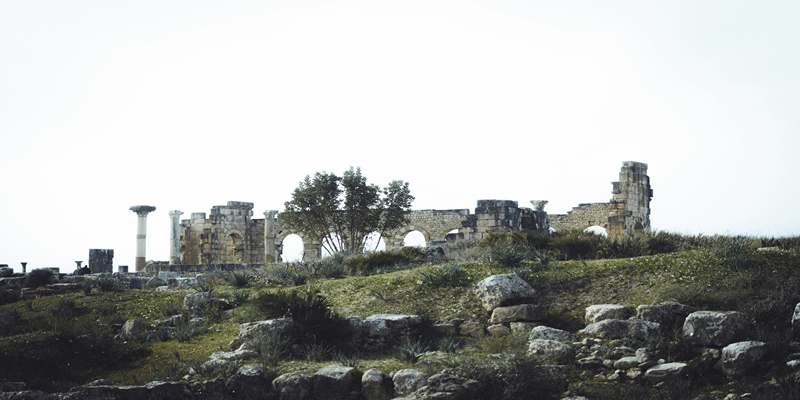
Visitor Experience
Visiting the Ruins of St. Paul offers a unique and enriching experience for travelers. As you climb the stone staircase leading to the ruins, you’re greeted by a magnificent façade adorned with intricate carvings and religious symbols. Many visitors take time to admire the details and take photos of the impressive structure. The site is also a great place to combine light hiking with cultural exploration, as it connects to nearby attractions. Informational plaques and available tour guides help guests uncover the site’s deep history and hidden meanings. Cultural events are occasionally held in the area, and it’s a popular spot for photography enthusiasts. The adjacent museum offers further insights into Macau’s colonial past, religious heritage, and architectural legacy.
Cultural and Educational Importance
Symbol of Cultural Fusion
Originally part of a 17th-century Portuguese church and college, the site represents the deep impact European missionaries had when they introduced Christianity and Western architectural styles to Asia. The intricate stone carvings on the remaining façade feature both Christian imagery and Asian motifs, such as Chinese lions and Japanese chrysanthemums, highlighting this rich blend. These elements showcase the collaboration and coexistence of diverse cultures in Macau over centuries. The ruins are not only a historic landmark but also a visual testament to how cross-cultural interactions have shaped the identity of the region. Macau’s multicultural heritage continues to be reflected in its festivals, languages, cuisine, and architecture, making it a lasting symbol of mutual respect and cultural enrichment that still resonates in modern society.
Educational Role
The Ruins of St. Paul’s play a significant educational role in Macau, offering valuable insight into the city's historical, religious, and architectural development. As one of the most visited heritage sites in the region, it serves as an open-air classroom where students, scholars, and tourists can learn about the complex cultural exchanges between Europe and Asia. Schools and universities frequently organize field trips to the ruins, allowing students to explore history beyond textbooks and witness the artistry of colonial-era architecture firsthand. The site also serves as a resource for academic studies in disciplines like cultural heritage, archaeology, and religious history. Exhibitions, guided tours, and cultural programs held in connection with the ruins further support public learning and engagement. These initiatives help younger generations understand the significance of Macau’s past and inspire them to preserve its unique heritage.
Conclusion
People from all over the world are inspired by how they have withstood and how magnificent they appear. This famous site allows visitors to witness the blending of Eastern and Western cultures in Macau. Since it is a UNESCO World Heritage site, the ruins maintain the past and help inform and connect people to the culture of this city. Experiencing the Ruins of St. Paul’s gives anyone an opportunity to feel the rich history and culture of Macau.


